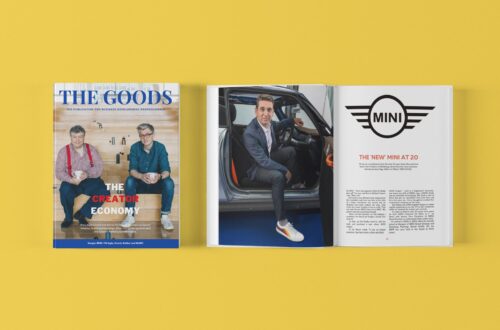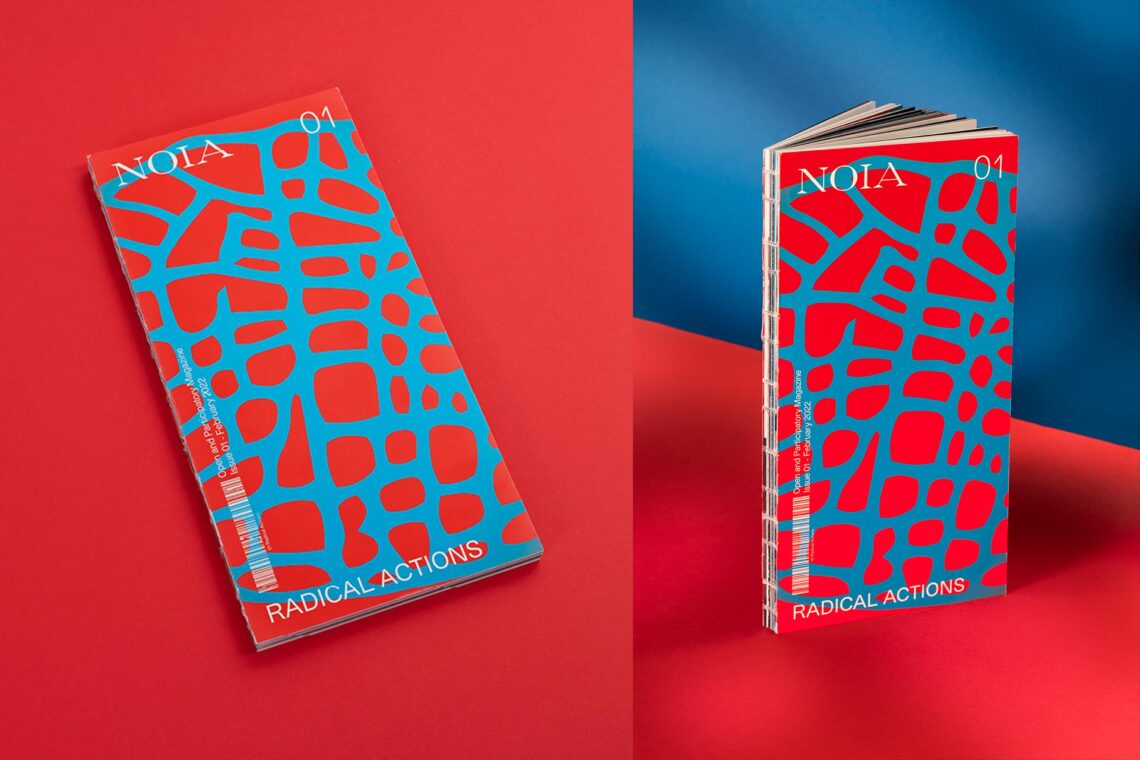
Noia magazine issue one creates a diverse platform for discussion and creativity
Issue one of Noia is an ode to perseverance and creativity within a time of uncertainty and unusual moral clarity. Clarity found within the realm of ‘boredom’, the magazine’s actual translation from Italian. The magazine writes, “Noia is a platform of debate and a laboratory to create dynamic and creative conversations, enacted collaboratively between cross-disciplinary fields.” This cross-disciplinary merging of personality, message and medium finds Noia at the peak of visual communication and emphatical meaning. Emphatically, the issue is aptly named ‘Radical Actions’, and features a strong range of diverse writers, artists and creatives.
Opening the issue sees a piece called ‘Three Illusions’ written by ‘(adiscourse.net)’. “Truth is produced and so can be destroyed,” they write, in relation to the discourse regarding the digital era and its impact on the totality of facts. “No event is the site of final resolution,” they add further into the piece, describing the idea of a lack of visceral security within any state, be it printed or digital. In other words, everything is more malleable than ever due to the invention of the internet. The illusion of trust and the theory of post-truth.
Further analysis is held within the piece’s chapter named ‘Illusion of Persona’. This chapter delves into the various persona constructs which have been derived from essentially contributing data points. It’s a harsh critique of the world around us which asks us to question our role within the system. This also extends to the next piece in Noia, but this time focused on the blockchain, i.e. the home of Bitcoin. Marie Molins explains the NFT phenomena and its continued success. Marie also explains the dynamic shift between artists and their medium of distribution – I.e. Gallery owners take a back seat as artists fulfill that role themselves within the digital realm. It’s a report that helps understand the NFT and blockchain spaces, but also seeks to identify its greater impact within society.
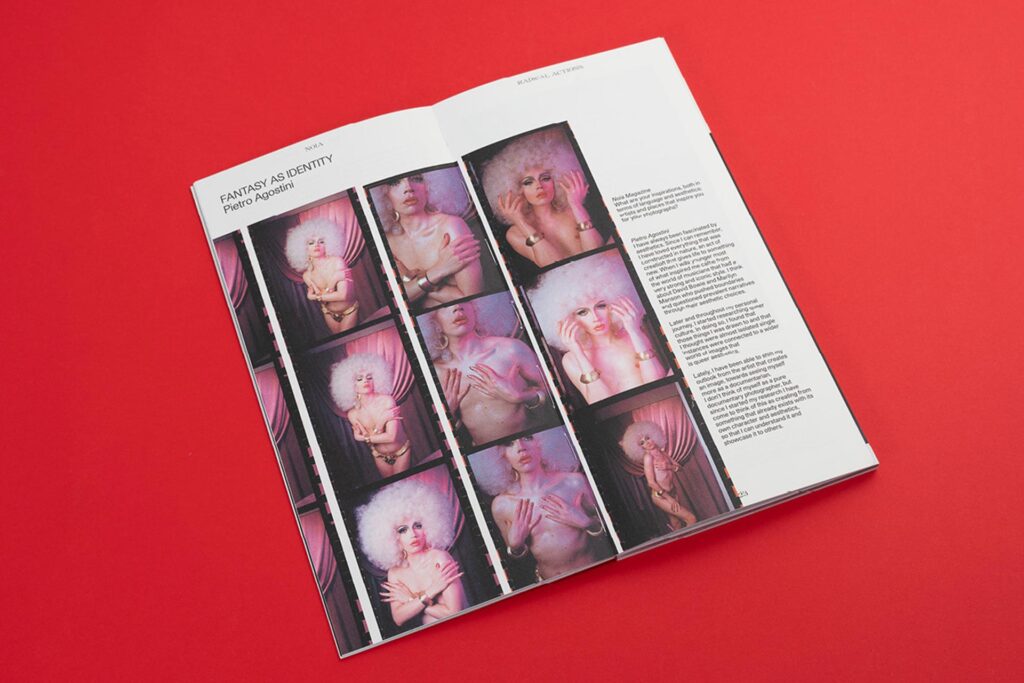
A larger piece of Noia sees a Q&A with photographer Pietro Agostini, featuring a large range of shots from their portfolio. From exploring what it means to be a documentarian, to how they have found meaning within the LGBTQ± community. It ends with a stunning double page photographic spread of 2 people lying together, with the tips of their fingers touching each other’s faces. The sensitivity of the subject matter is clear, and is therefore cherished. There’s a tactile feeling to Agostini’s work which also aligns with Noia’s matte paper finish and format. The open stitching of the magazine also sees the content open for interpretation and adds no limitations. There’s an openness to its approach to content that is enriching but also challenges the reader, plus a huge advantage when it can lie flat against your chosen area for reading.
The central section of the publication enjoys a switch to glossy paper to highlight the change of tone in the order, essentially breaking the order of things to expect. Named ‘Diptychs’, the series sees creatives from multiple fields collaborate to create new meanings behind artistic styles and themes. There’s an underlying setting of being at home in some of the pieces – to be expected during a pandemic, including a boarding pass design showing a trip from the kitchen to the bedroom. Others stand in a radical space which drives action through their purpose. From brutalist structures to social structures, there is an air of distrust through artificial distortion of typography, colour and photographic pieces. For example, one page sees a woman standing in view with hands together in a black and white treatment. Her eyes are blurred but the clothes they wear are in focus. Mariagiovanna Amodeo’s piece upholds a distance between the reader and the content, but that could also be a reflection of the pandemic situation and the separation it has caused.
“I think boredom is the best space / time to find ethical answers today,” writes Hansel Grotesque, the author of the piece `Making the sourdough is a radical action.`There is clear emphasis on the importance of global issues throughout the quick interview, and the designer’s role within the system. Notably it’s the idea of boredom becoming a catalyst for expanding our minds that intrigues the most. Although each piece featured in Noia are stand-alone, there is the overarching connection between them through the name. ‘Evil by Architecture’ is the decisive and sometimes forlorn article which comes next. Written by EX FIGURA, a creative art studio, the architectural theme is structured to relate across multiple aspects of our lives – from society being preyed upon for “economic advantages” to consumer experiences. “Everyone inhabits a reality that dictates what is seen, felt and done. A continuous illusion perpetuated by an omnipotent architecture.” This notion is in relation to the Internet and its powerful, always changing infrastructure and commodities.
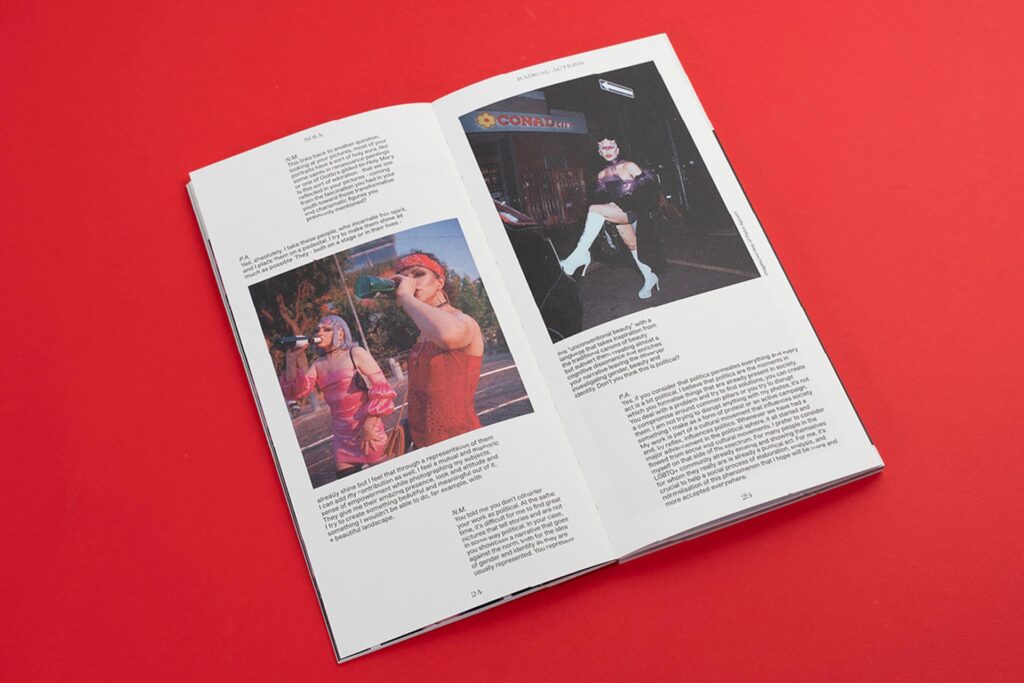
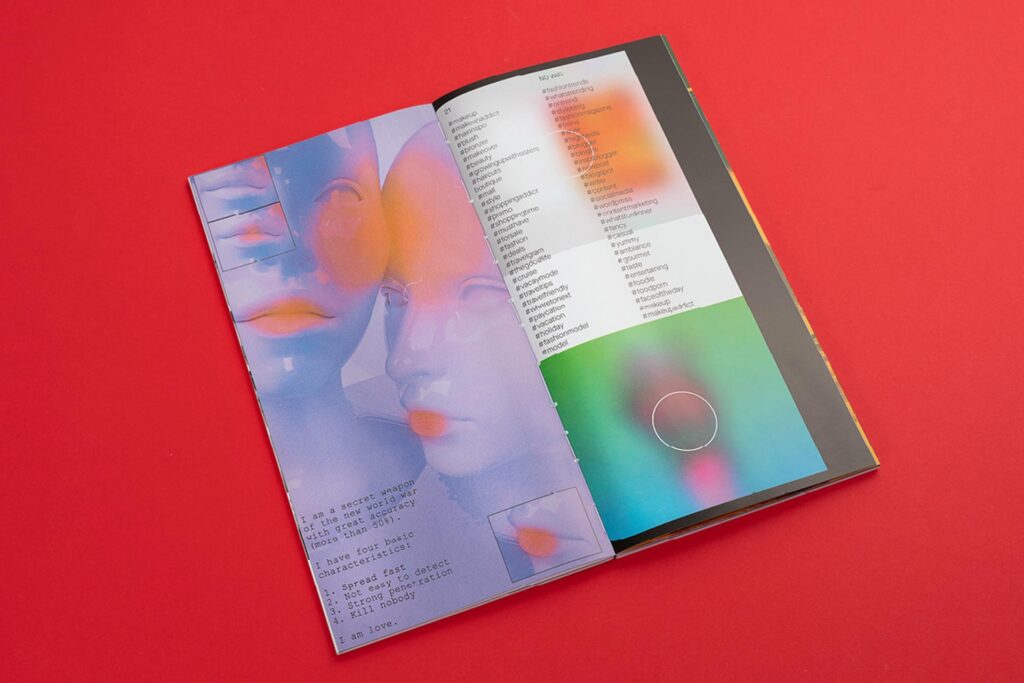
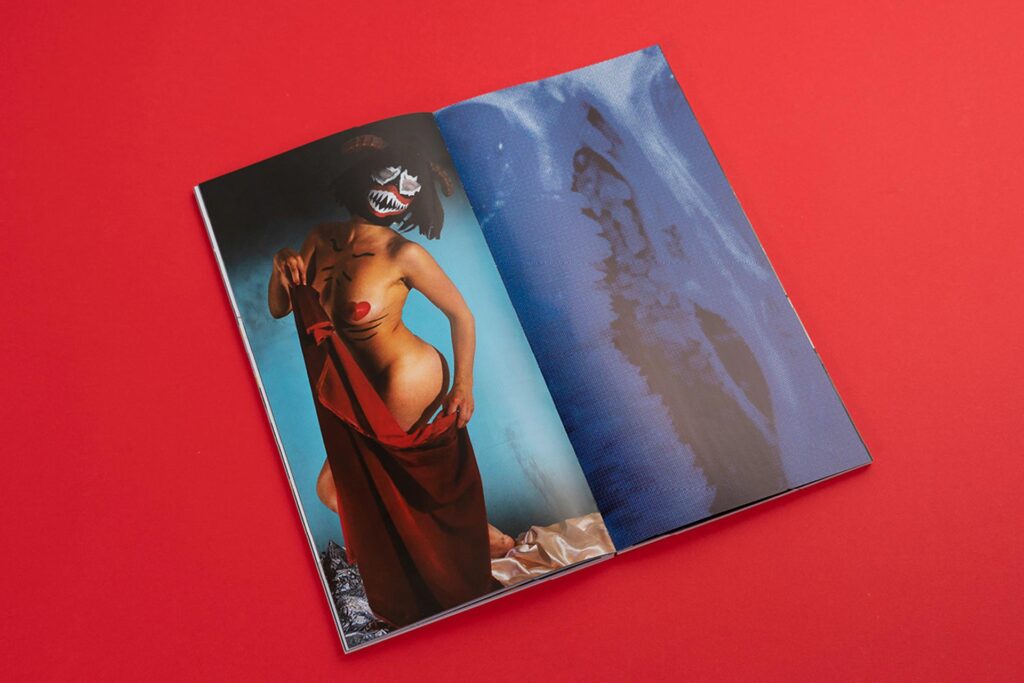
Overleaf email newsletter - subscribe for free today!
Get indie magazine news, reviews and events direct to your inbox! Simply sign up below and you’ll be the first to hear about new articles, podcast episodes and loads more.
The first issue ends with two diverse pieces, the first focused on the comparison and relationship between “furries” or animal-themed mascots and their real-life counterparts (human and otherwise). It’s a hyper real essay that opens up the world of zoomorphic characters, to industrial farming parallels. Cultural significance can be found in anthropomorphism, and is even noted to open up whole new unexplored, fantastical worlds. The second is a piece that re-examines education through the OCDI, the Open City Design Institute. Throughout the interview there is discussion about cross-disciplinary actions and how this could be brought into teaching and the industry. For example, someone with the skills of a fashion designer and a digital designer combining their expertise to solve real world problems on a daily basis – essentially a hybrid of knowledge. It proves to be a topic with pathways stemming across systemic programs to the job market.
There are subjects that are considered conversational trends at the moment, such as data management (of personal data) by large corporate entities, the questionable finality of the blockchain becoming a source of financial loss and gain, but also the thought of creative realms being curated for the needs of others (online exploitation). Although these are complex and deep subjects, they are proven to be approachable – allowing the reader to contribute to the conversation within the pages of Noia. The magazine grants the reader their own role to play in these decisions or events, but also discusses how their world is forever changing – for the good and the bad. But it also questions our level of control under these circumstances. Driven by a strong sense of curiosity, creative endeavour and bold ideas, Noia is at the helm of poignant conversation, covering: moral responsibility, personal inhibitions, new areas of exploration, and ultimately helps bring the hard-to-touch subjects to the forefront of the psyche.
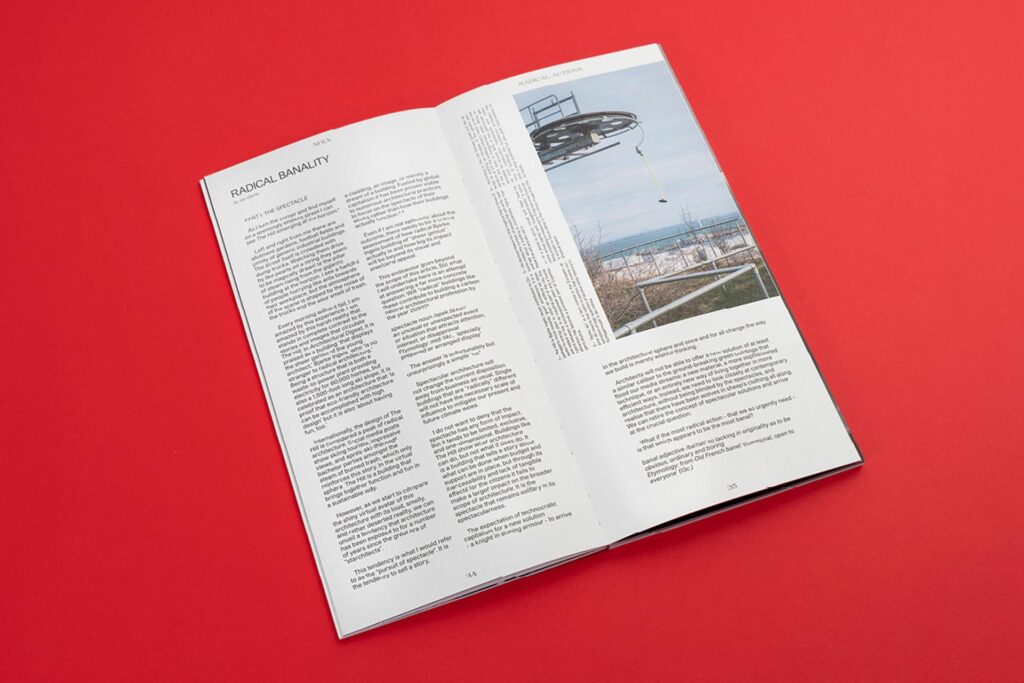
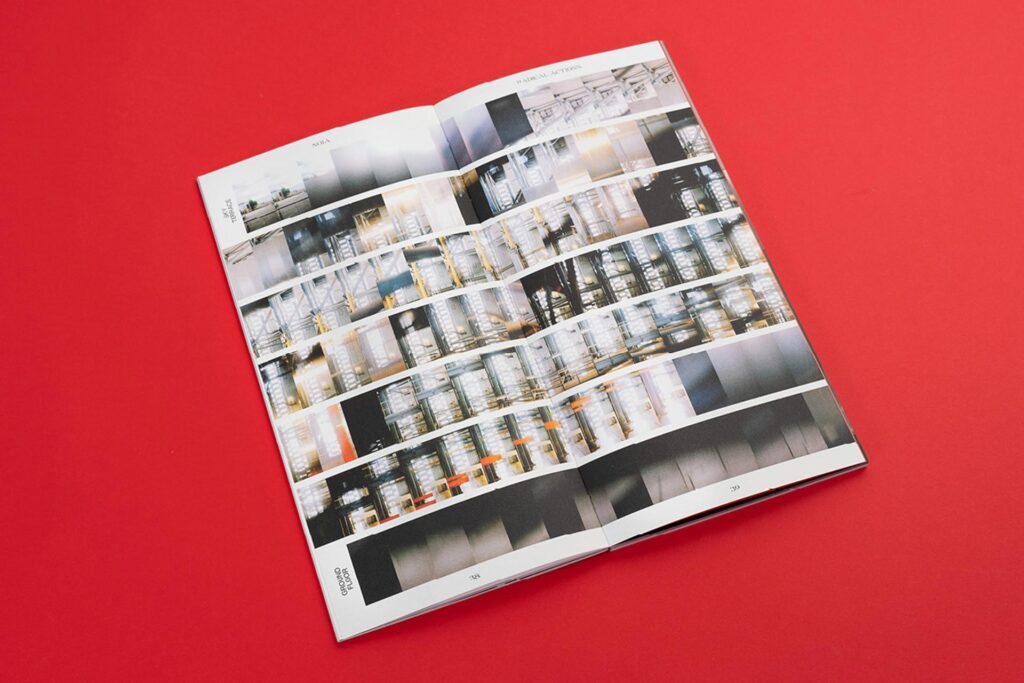
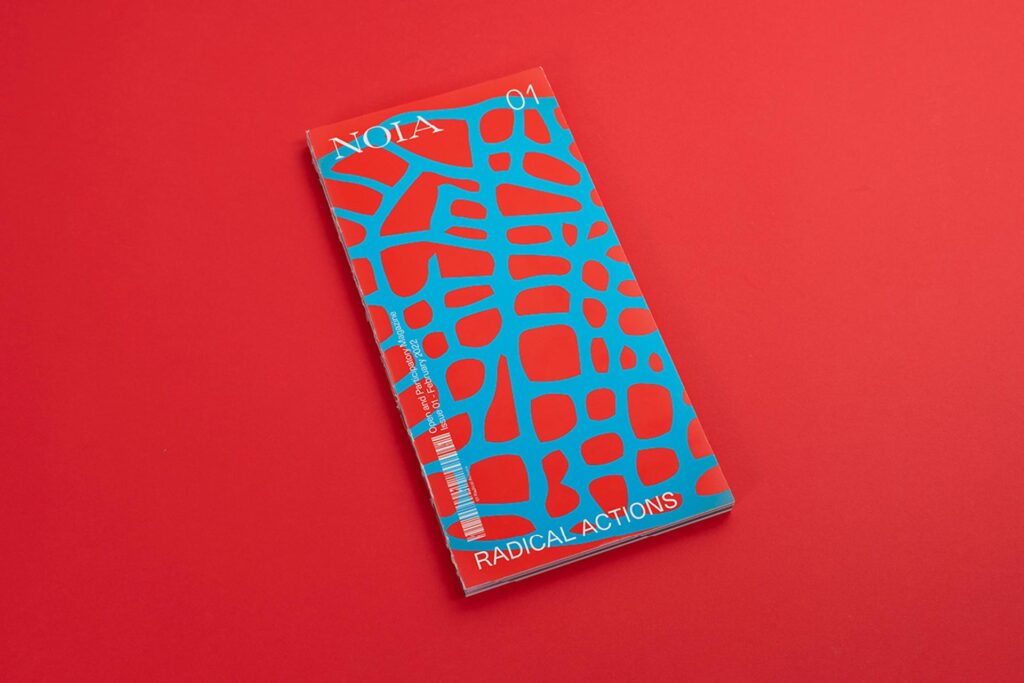
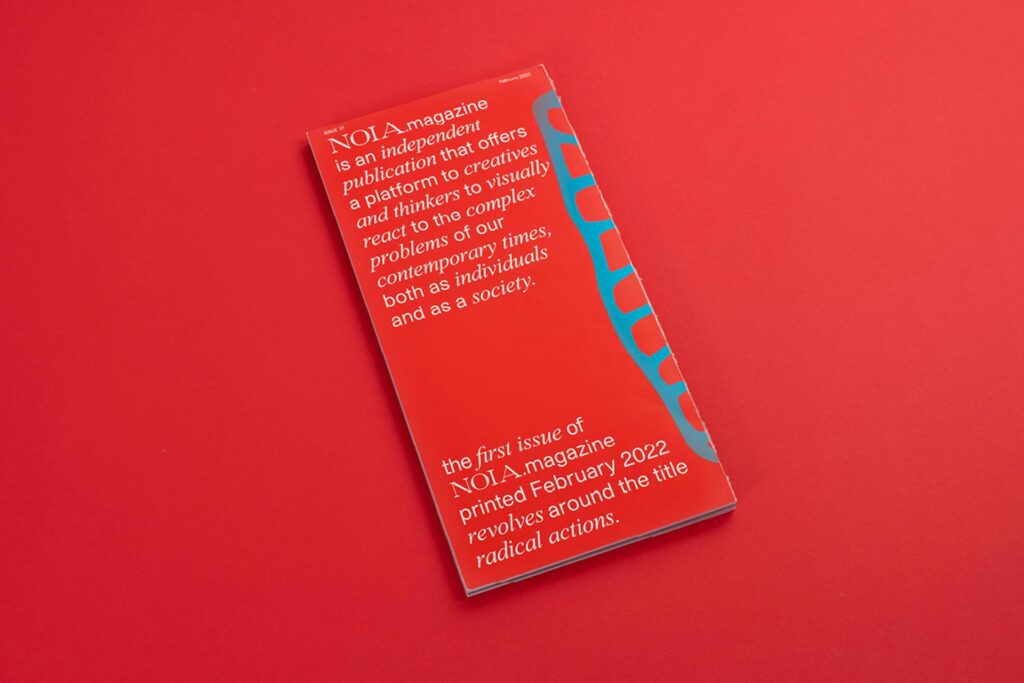
Where to buy
Here are the stockist websites for this magazine title. These may include social media links only.
Correct at time of writing.
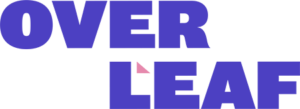
Enjoying Overleaf?


You May Also Like

The Posthumanist magazine explores the universal theme of sleep in debut issue
November 21, 2022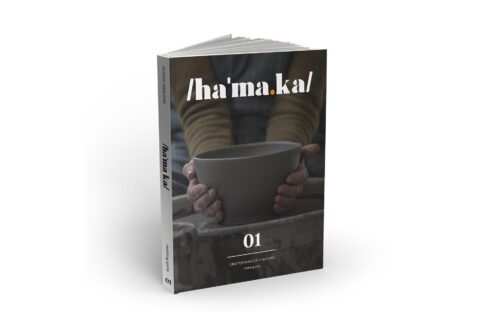
Hamaka magazine issue one introduces us to the human side of pottery
January 18, 2024